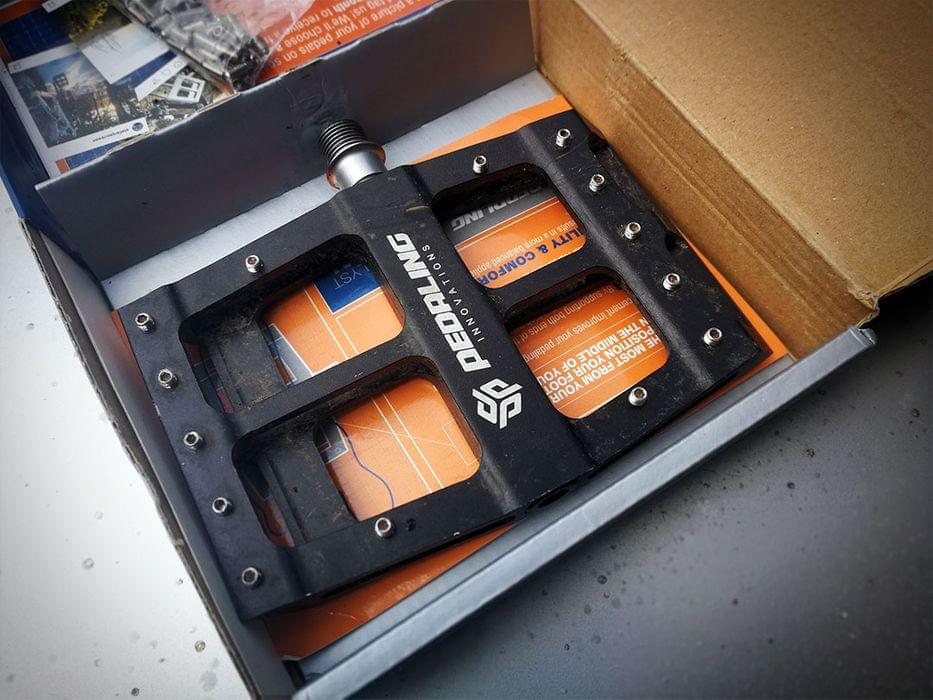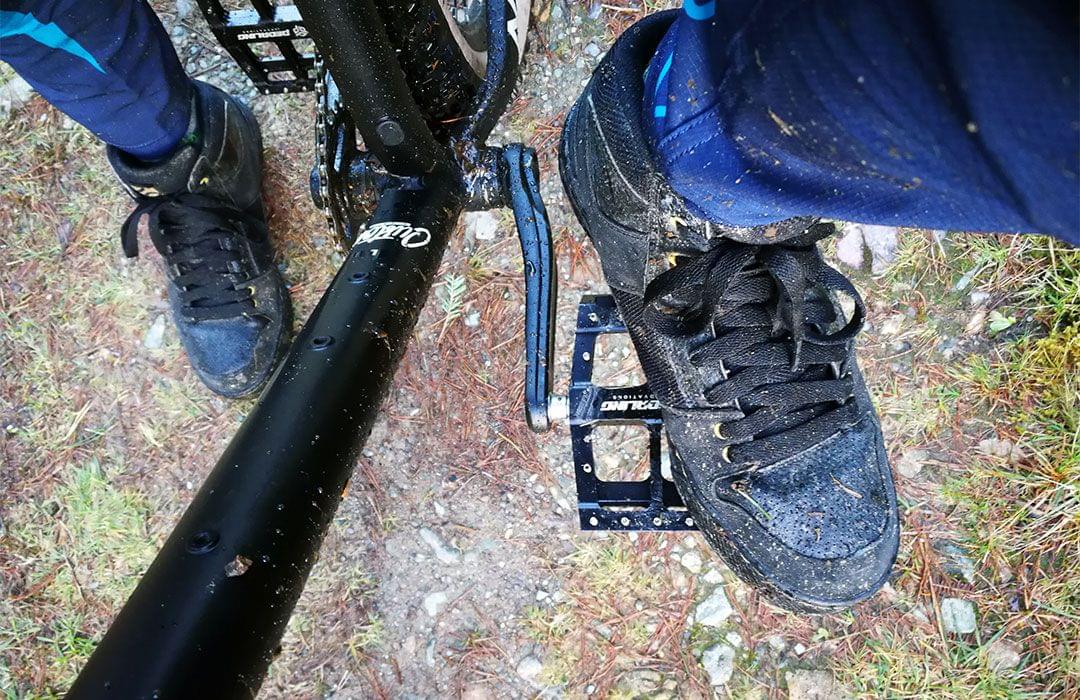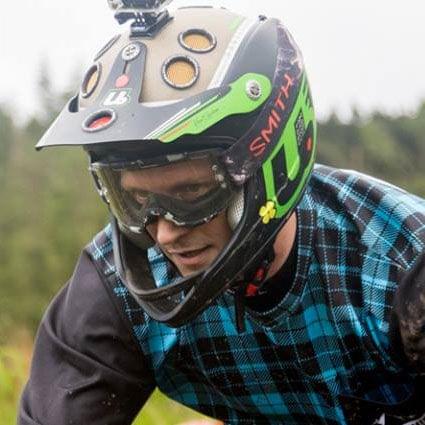Paying attention to the little things on your mountain bike can make all the difference to your enjoyment while riding.
Your body’s contact points to the bike - saddle, grips and pedals - probably offer the greatest possibility for improvement while also being incredibly personal. It won’t take you long to determine whether your seat is right for you or not, but the same seat may be perfect for someone else. Grips likewise have the potential to allow you to ride longer and further if you get the right pair for you. When it comes to pedals, however, a lot of people tend to stick with the ones that came with their bike. And yet, of the three they can have the greatest impact on your riding.
The impact of pedals is reflected in the sheer number of different styles that are available. Ignoring clipless for the moment you have the choice of flat, thin, thick, wide, concave, convex,…the choice is virtually endless. In that sea of pedals, it’s hard for anyone to stand out.

One pedal, however, that manages to do just that, is the Pedalling Innovations Catalyst pedal. You just have to look at the photos of it to see why. While the trend over the last few years for flat pedals has been to offer larger platforms, the Catalyst has taken this to a whole new level. They are a fairly conventional 95 millimetres wide and 16 millimetres thick, but a far from conventional 143 millimetres long. That’s huge! They may look big in pictures, but in real life on my bike, they look enormous.
The theory behind the long length of the pedal is that it supports your feet at both ends of the arch, rather than just at the front. This extra support should add stability, reduce stress on your Achilles tendon and improve pedalling efficiency and power.
Out of the box, the pins are not fitted to the pedals. But included in the box were enough pins for both pedals as well as a complete spare set. I had to insert all 36 pins to each pedal with an Allan key. This way riders can control the amount of grip the pins offer. After that, the pedals install the same as any other. Getting the pin length right is quite important. Initially, I adjusted them all down a far as they would go. However, on rough bumpy trails, this didn’t offer a lot of grip even when using FiveTen MTB shoes. I wound the pins out a little further which improved the grip. Also, I would recommend using some sort of thread lock to prevent the pins from falling out during use.

Initially, the length of these pedals takes a little getting used to. There really is only one-foot position that works well, and that’s with the axle positioned below the centre of your foot arch. This positioned my foot a little further forward than I was used to. I found that if I went too far back I would end up pushing more or less with my toes only. It didn’t take overly long to get used to, however, and it soon becomes second nature.
I noticed the biggest difference while climbing. Having the axle directly below the centre of my foot meant that I could drive down through my lower leg and ankle. This is where the reduced strain on the Achilles comes from. On long climbs and over repeated climbs I noticed that this also reduced the fatigue in my legs. Whether they affected my pedalling power I’m not sure, but they certainly helped me pedal for longer. Over three months of use I’ve liked them for pedalling on flat ground and climbs, and have definitely seen the benefits.
When it comes to descending I’m still undecided. I feel the Catalyst pedals require a change in technique to get the full benefit when going downhill. The long platform meant I found it much harder to drop my heels. Combined with the very flat profile of the pedals and my not quite getting the pin length right this added up to me suffering more pedal slips than I am used to. The downside was that by not being completely comfortable on the pedals they affected my confidence, meaning I wouldn’t push as hard and that I would feel more comfortable when I switched back to my regular flat pedals. I won’t put this down as a flaw of the pedal but as more likely due to my technique and how I set them up. I will have to try them over a longer period to draw conclusions.
Overall, based on my personal experience, I would happily use these pedals on longer rides with lots of climbing or cross country style trails. The effect they have on pedalling efficiency and the resulting reduction in fatigue seem ideally suited that type of riding. If I anticipate having to rely on pedals for grip on a ride, these probably wouldn’t be my first choice. But, I will be passing these on to one of Emerald MTB’s contributors for a second opinion.
For the sake of transparency and objectivity, I will add that I was sent my pair of Catalyst pedals free of charge for this review. However, all the opinions expressed here are my own based on my personal experience.

